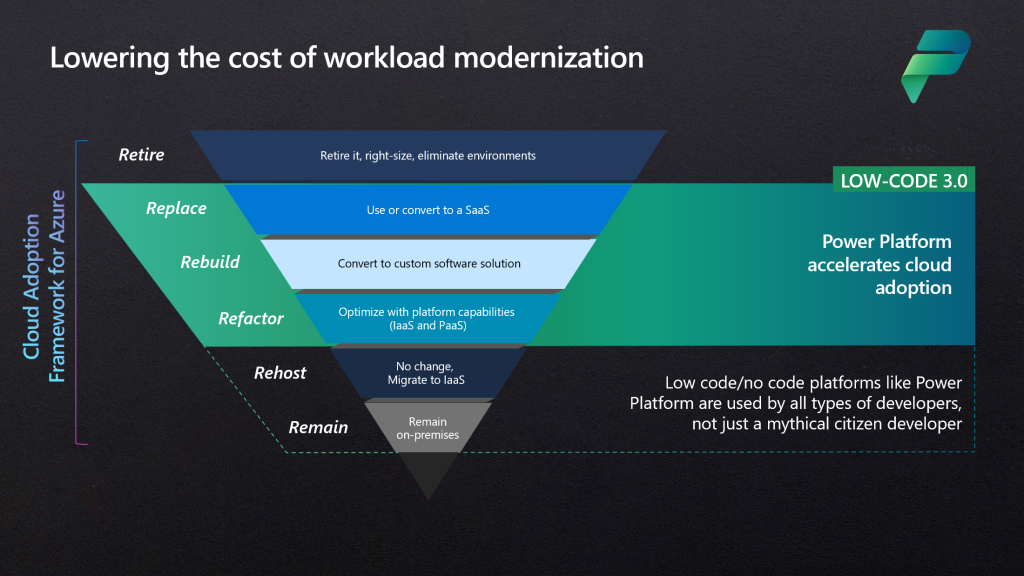Power Platform | Gartner´s definition of Hyperautomation
 Carsten Groth mscrm
Carsten Groth mscrm
Yesterday, I was talking about the challenges of having four generations in workforce today. This adding demand for a communication plan that spans departments or business units, but also spans generations. Today, I´d like to add to this topic another example of using industry acronyms and expecting everyone to be on the same page, without further description.
In this case talking about Gartner´s definition of Hyperautomation. While many thinking immediately of automation tools, robotic process automation & co., completely overlooking the part of multiple technologies being involved here.

Good news is, Microsoft´s Power Platform got you covered on this and orchestrated these tools already as an Enterprise fitting SaaS platform. In the following you find the visual you might have seen earlier during Microsoft Build introducing the new 5th pillar Power Pages to empower website development.

What you cannot find from the visual above though compared to the 12 technologies outlined by Gartner is the mapping between those. For instance:
- RPA being mapped to Power Automate incl. AI Builder and Azure Services (VMs)
- LCAP being either one of those 5 pillars above, but also including AI Builder
- BPA being part of model-driven apps or even outside of apps – designed using Power Automate
- iPaaS being offered by Azure as foundational backbone
- AI/ML being offered by both AI Builder as well as using Azure Services and NLP offered by either Nuance or Azure Services
- OCR being offered by using AI Builder or Azure Cognitive Services
- IDP offered by Power Automate combined with the strength of either AI Builder or Azure Services
- Task Mining being part of Power Automate as a component called „Process Advisor“
- DMS being offered by Microsoft 365, SharePoint and Office 365
- Conversational AI being offered by Power Virtual Agents paired with Nuance and/or Azure Bot Framework
So when designing a Hyperautomation orchestrated tool or platform approach – would you rather decide on tools and combine them using an integration framework or checkout the pre-combined strength of a platform and may consider making compromises here and there?

That question you may answer when activating the full power of the four generations in your workforce today, process and task mining existing tools and software landscape and consider them to fully map your company´s cloud strategy. Above visual shows the 6 categories you could use during an assessment where 5 of them can be achieved using the strength of Power Platform – not exclusively, but in addition.
Hope to talk about your digital transformation story soon. Until then,…
This was originally posted here.




 Like
Like Report
Report
*This post is locked for comments